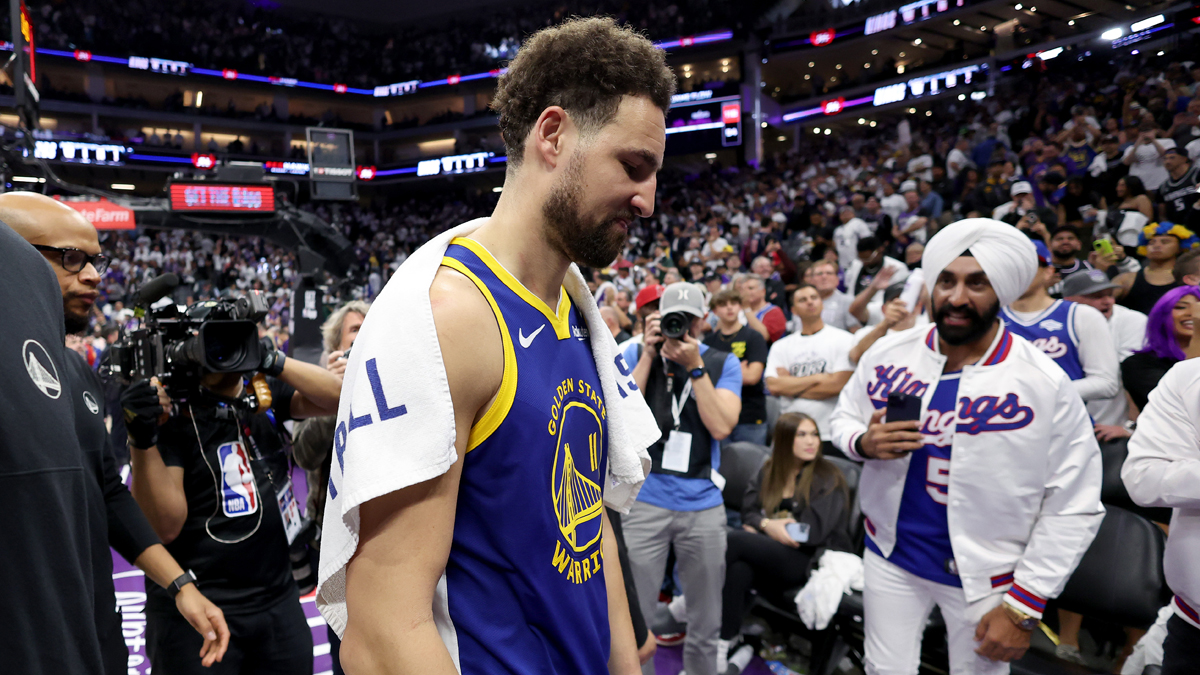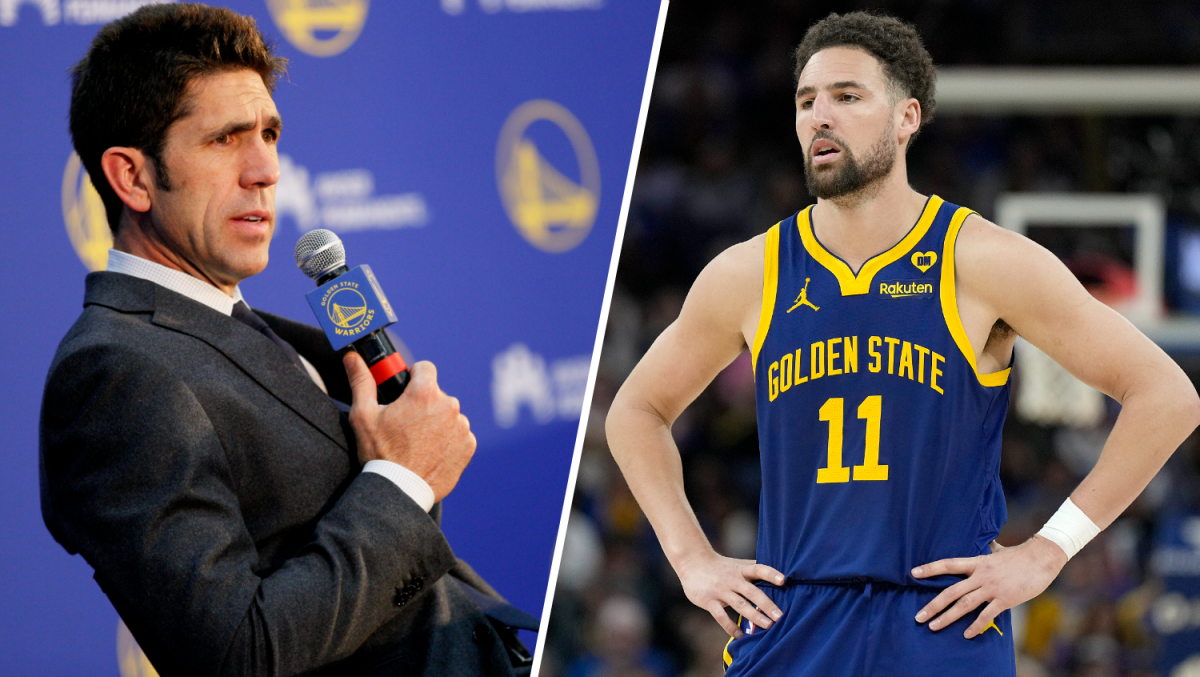A recent conversation with a first-ballot baseball Hall of Famer sent me to the research lab.
I’d reached out to him, along with several others, soliciting reaction to the NBA’s free-agency feast earlier this month. Knowing some fans were displeased with the clout being exercised by players and the massive contracts being signed, I wanted to hear his thoughts.
Despite having much smaller rosters, NBA owners spent more money on free agents in one week than either the NFL and MLB did in an entire offseason.
Stay in the game with the latest updates on your beloved Bay Area and California sports teams! Sign up here for our All Access Daily newsletter.
“They can afford it,” Reggie Jackson said of NBA owners. “Even with the players having what some people think is too much control, they can afford it. It’s the NBA franchises that are increasing the most in value – more than baseball and even football.”
I was skeptical. Jackson, 73, is a baseball legend still on the Yankees’ payroll. Sure, he hosts a general sports-talk show on SiriusXM and has various business interests outside baseball.
Fact check: Reggie is right.
The value of an NBA team is rising higher and faster than those in the NFL, which reaps the benefits of the fattest contract in sports. MLB, well, it’s getting smoked in this investment race.
Golden State Warriors
The Warriors, purchased for $450 million in 2010, are now worth $3.5 billion, according to Forbes’ annual analysis. In math terms, that’s nearly 800-percent growth in less than 10 years. The Celtics, bought for $360 million in 2002, are valued at $2.8 billion. Slower growth than the Warriors, but still roughly 800-percent growth.
Three months before the NBA approved the sale of the Warriors to a group led by Joe Lacob and Peter Guber, the NFL approved the sale of the Rams to Stan Kroenke. He paid $750 million. The Rams, who have since moved to Los Angeles, are now valued at $3.1 million, according to Forbes. Good growth. But not NBA good.
Two months before Kroenke bought the Rams, a group of Texas businessmen paid $593 million for the MLB Rangers. Nine years later, Forbes sets the Rangers’ value at $1.7 billion.
The NBA is the hottest property in American sports. Owners and players know it. Some say they saw it coming. The massive amounts of money, that is.
That’s why, unlike MLB team owners, whose tight-fisted winter has players in a simmering rage, NBA owners didn’t blink at drawing up more than a dozen nine-figure contracts. There was little to no negotiation in those instances.
That’s why, unlike the NFL, where owners forever have their loafers on the necks of players, NBA owners are willing to live with the burgeoning bargaining power of the labor force. NBA free agent Kawhi Leonard told the Clippers he’d sign with them under certain conditions, such as finding a way to also add Paul George, who was not a free agent.
The Clippers traded for George. They gave plenty, but now have two All-Stars in their primes.
Athletes in other leagues can only dream of having such power.
“That’s a change for the league,” Warriors president/general manager Bob Myers told NBC Sports Bay Area this week. “Maybe LeBron started that. But this notion of teams pivoting quickly, that’s new. And fans love that stuff.
“It’s fine that it’s a players’ league. That’s how it should be. They’re taking control of their direction and I guess that’s good. They’re seeking shorter deals. They’re moving in certain directions and they’re doing it fast.”
Between June 30 and July 8, NBA teams committed to spending more than $3.4 billion – nearly all guaranteed, with the exception of a few contracts containing incentives. The Warriors, knowing Klay Thompson will miss most of next season, signed him to a five-year deal worth $190 million. The Brooklyn Nets, aware that Kevin Durant almost certainly will miss all of next season, didn’t flinch at signing him to a four-year deal worth $164 million.
NFL teams, by contrast, spent roughly $2.8 billion in the offseason, with maybe half of it guaranteed. Most players never see all the non-guaranteed money.
MLB spent $1.76 billion over the winter, nearly half of it going to two players: Bryce Harper and Manny Machado.
One of the reasons I sought out Jackson was because he’s a former Oakland A’s players representative. He worked with Marvin Miller, the late legendary executive director of the MLB Players Association. Miller negotiated MLB’s first collective bargaining agreement. Through Miller’s analysis and conviction, player compensation and benefits took a giant leap forward.
“He should be in the Hall of Fame,” Jackson said of Miller. “But the owners keep him out.”
Michele Roberts is the current executive director of the NBA Players Association, accepting the job in 2014 and unanimously approved last summer for another four-year term. Some players that don’t meet the elite standards required for maximum contracts may grumble, but most seem to understand the hierarchy.
In Toronto for The Finals, Roberts was standing in a hallway between the locker room and the court when Thompson, exiting the visiting team’s locker room, saw Roberts out of the corner of his eye and stopped in his tracks. He went over to share a hug and some brief conversation.
[RELATED: Why Durant picked the Nets]
Five weeks and a torn ACL later, Thompson was signing a $190 million contract.
Warriors ownership didn’t hesitate to offer it, perhaps because they know they can afford it.


